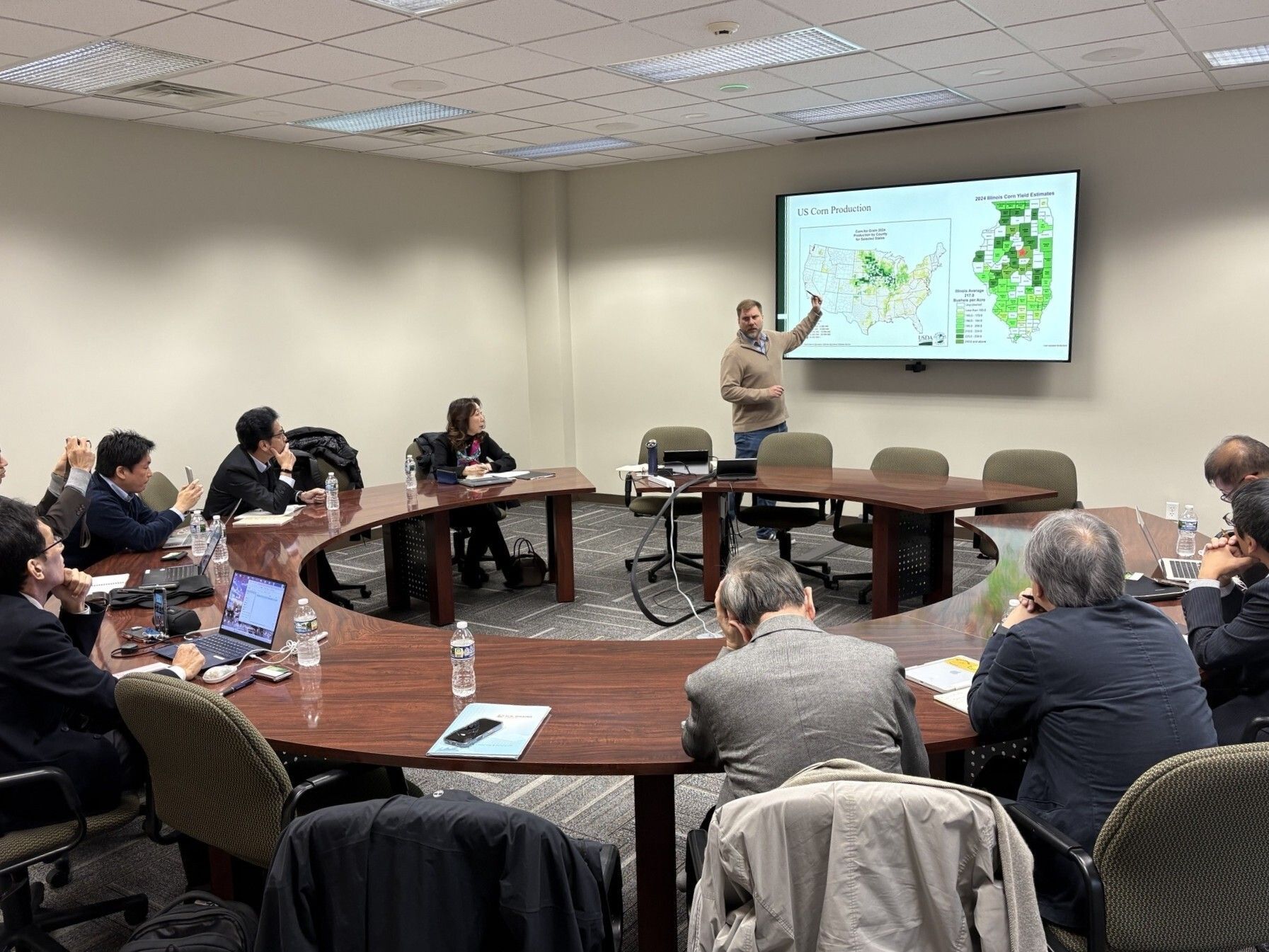Bipartisan push for decision on year-round E15
Last week, United States Congressional members from Illinois supported corn farmers and the ethanol industry as they encouraged the Biden administration to approve the use of ethanol blends, year-round.
Illinois Congressmen were joined by elected officials throughout the Midwest, as they called upon the Environmental Protection Agency and the Office of Management and Budget to respond to nine Governor requests to remove the 1-psi volatility waver and expand the use of E15.
Illinois Democratic Governor J.B. Pritzker was a member of the initial group of eight governors who submitted their request last April. In 2018, Illinois was third in the United States for ethanol production capacity. In the same year, ethanol production added $46 billion dollars to the United States Gross Domestic Product and provided Americans 365,883 jobs.
A response from the EPA and OMB is long overdue, as Governors throughout the Midwest first submitted their requests in April of last year. The Clean Air Act states the organizations must respond, “…not later than 90-days after the date of receipt of a notification from a Governor."
“Therefore, this rulemaking should have been completed in July 2022 and unfortunately, we still have no regulatory certainty for our fuel retailers, fuel blenders, or biofuel producers,” said the Congressional Letter.
Tammy Duckworth (D-Ill.), Mike Bost (IL-12), Nikki Budzinski (IL-13), Darin LaHood (IL-16) and Eric Sorenson (IL-17) were among 31 members of the house and senate to sign the letter in bipartisan support.
Policy members cited national security, economic impact, and lower vehicle emissions as incentives for ethanol expansion.
“Higher blends of ethanol like E15 are a common-sense solution to lower the cost for consumers at the gas pump and to lower vehicle emissions,” said the letter. “As we gear up for the summer 2023 travel season, we have the production and distribution infrastructure to meet consumer demand for this lower cost and environmentally friendly fuel option.”
“By working swiftly to finalize the Governors’ requests, you will bring much needed certainty to our corn growers, fuel retailers, and consumers to enjoy the clean-burning, lower cost benefits of year-round E15 through the 2023 summer driving season.“











































































































